Libros
Vultures, feedings stations and sanitary legislation: a conflict and its consequences from the perspective of conservation biology
- Autor(es)
- José Antonio Donázar, Antoni Margalida & David Campión (Eds.)
- Fecha de edición
- 2009
- Editor
- Society of Sciences Aranzadi
- ISBN (Volumen)
- 1698-3807; 29
- ISBN (Obra Completa)
- 978-84-935986-6-2
- Depósito legal
- SS 376-2010
- Idioma(s)
- English / Spanish
- Temática
- Fauna
- Tipo de publicación
- Technical book
This work is divided into three parts: a first block consists of a revision and updating of the status, tendencies and problems of avian scavengers (griffon, Egyptian and bearded vultures) in the mountains of the northern Iberian Peninsula, from the Basque Country to Catalonia. Subsequently, there is a diagnostic of the situation of the countries in the Mediterranean Basin in Europe that still have populations of these avian scavengers. The aim of these chapters is to bring existing knowledge of the population dynamics of these birds and their associated conservation problems up-to-date, above all in light of the crisis of food availability caused by the regulations and restrictions placed by the European Union on the management of these birds’ trophic resources. In the second part aspects relating to the ecology and management of feeding stations are tackled from a perspective of conservation bio ... Leer Más
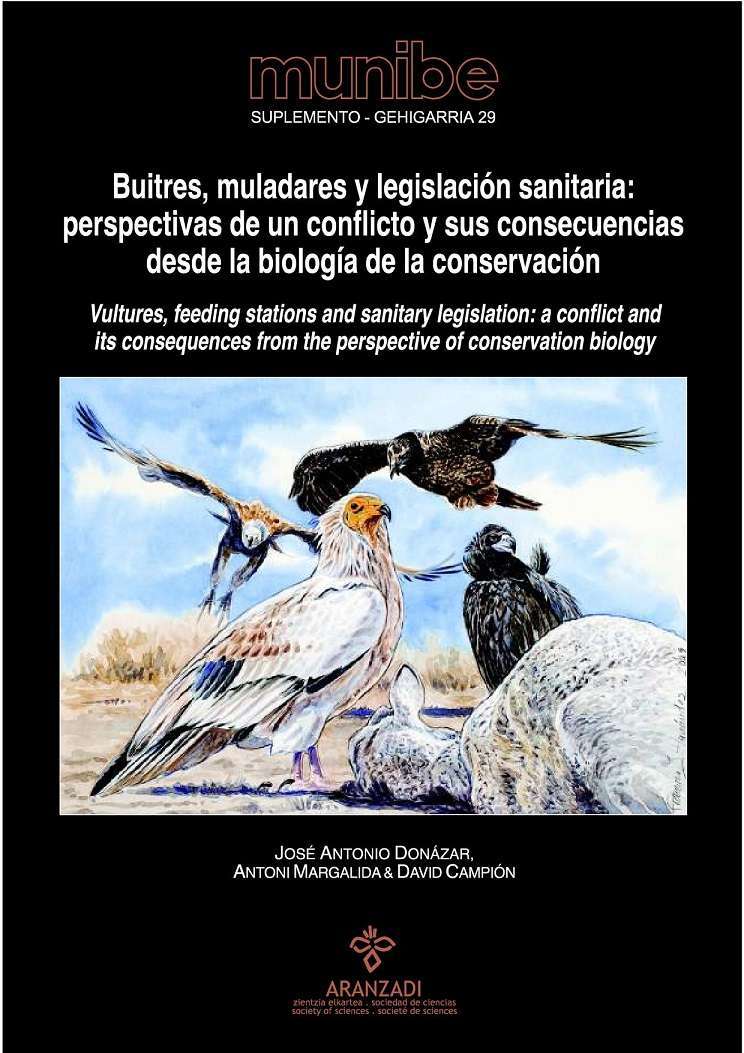
- Colección
- Munibe, 29
- Número de edición
- First
- Formato
- -
- Encuadernación
- Soft cover
- Número de páginas
- 551
Presentación
Libros
anterior-
 Conservación y restauración de ríos y riberas Camprodon, J., Guardis, P., Ordeix., M. (eds.). Diciembre 2022Consultar
Conservación y restauración de ríos y riberas Camprodon, J., Guardis, P., Ordeix., M. (eds.). Diciembre 2022Consultar -
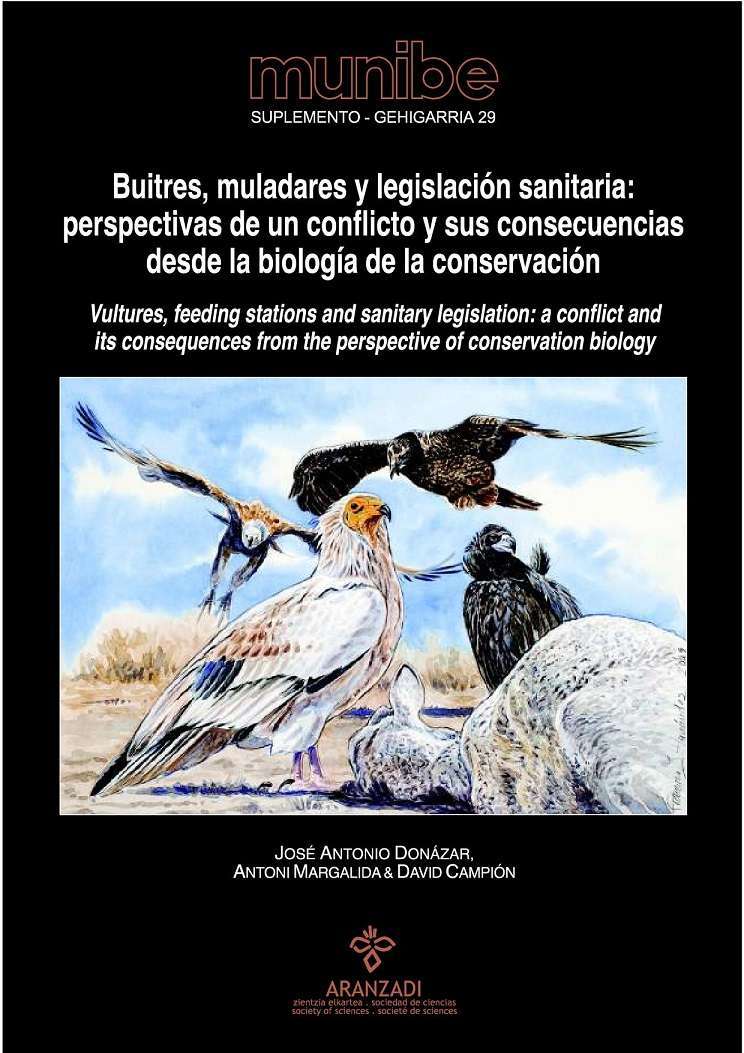 Buitres, muladares y legislación sanitaria: [...] Donázar, J. A., A. Margalida & D. Campión (Eds.) 2009Consultar
Buitres, muladares y legislación sanitaria: [...] Donázar, J. A., A. Margalida & D. Campión (Eds.) 2009Consultar -
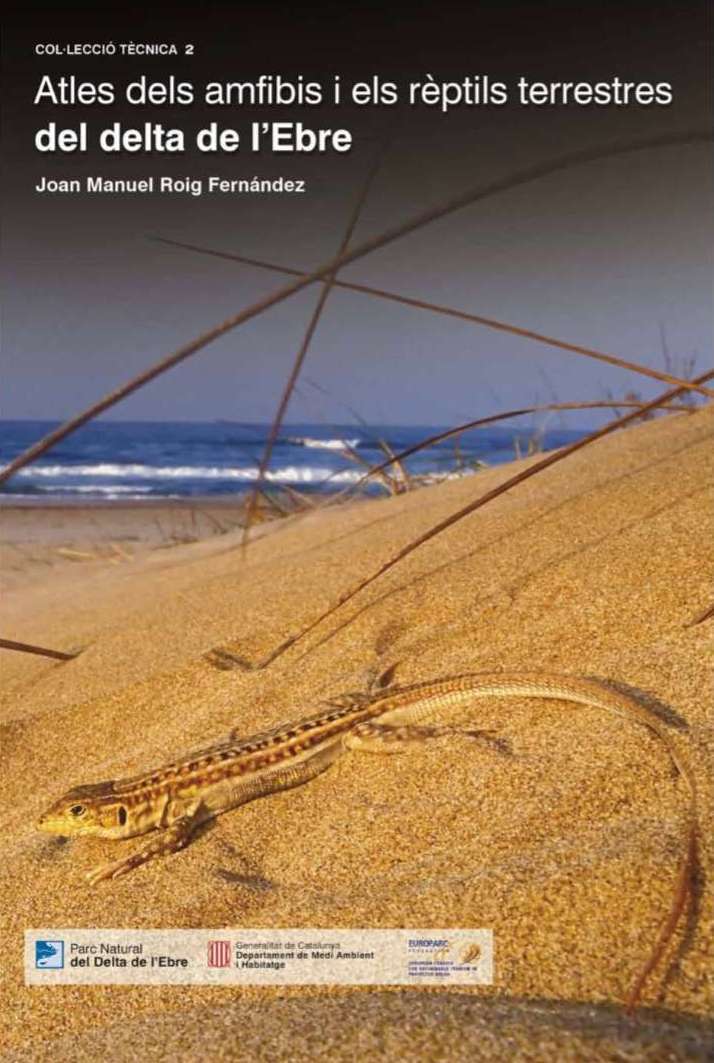 Atles dels amfibis i els rèptils terrestres del delta de l'Ebre Joan Manel Roig 2008Consultar
Atles dels amfibis i els rèptils terrestres del delta de l'Ebre Joan Manel Roig 2008Consultar -
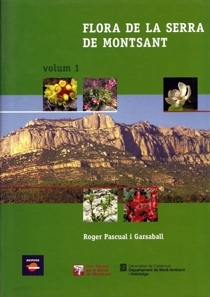 Flora de la Serra de Montsant. Volum 1. Roger Pascual Garsaball 2007Consultar
Flora de la Serra de Montsant. Volum 1. Roger Pascual Garsaball 2007Consultar -
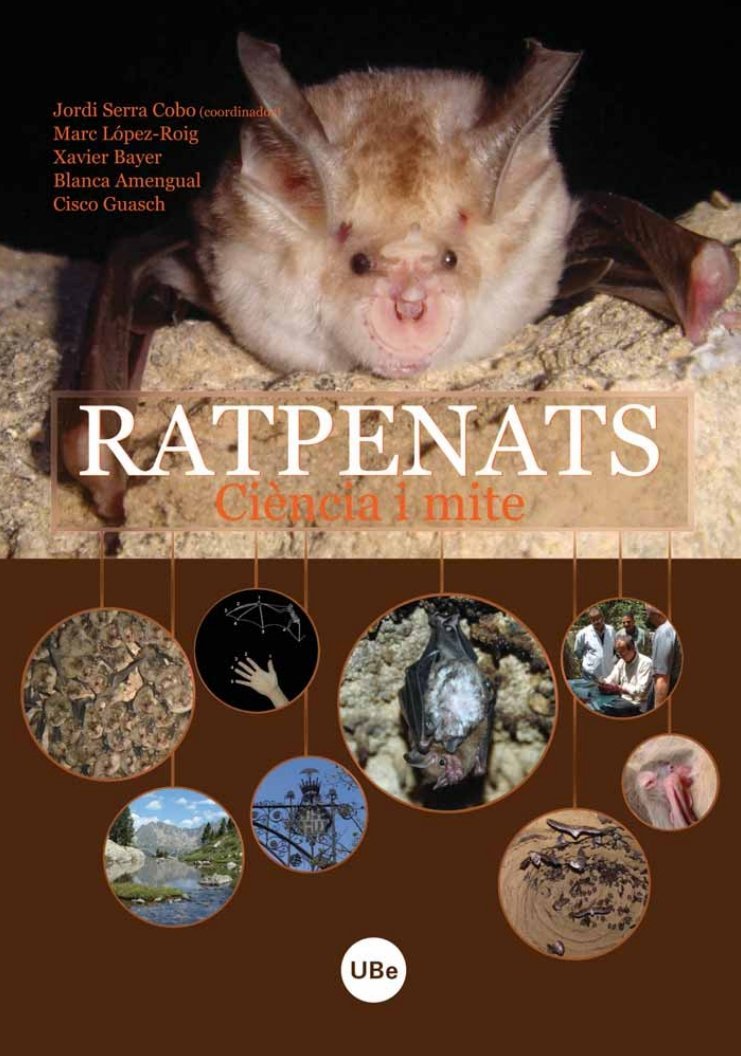 Los Murciélagos: Ciencia y Mito Jordi Serra Cobo (Coord.), Marc López-Roig, et al 2009Consultar
Los Murciélagos: Ciencia y Mito Jordi Serra Cobo (Coord.), Marc López-Roig, et al 2009Consultar -
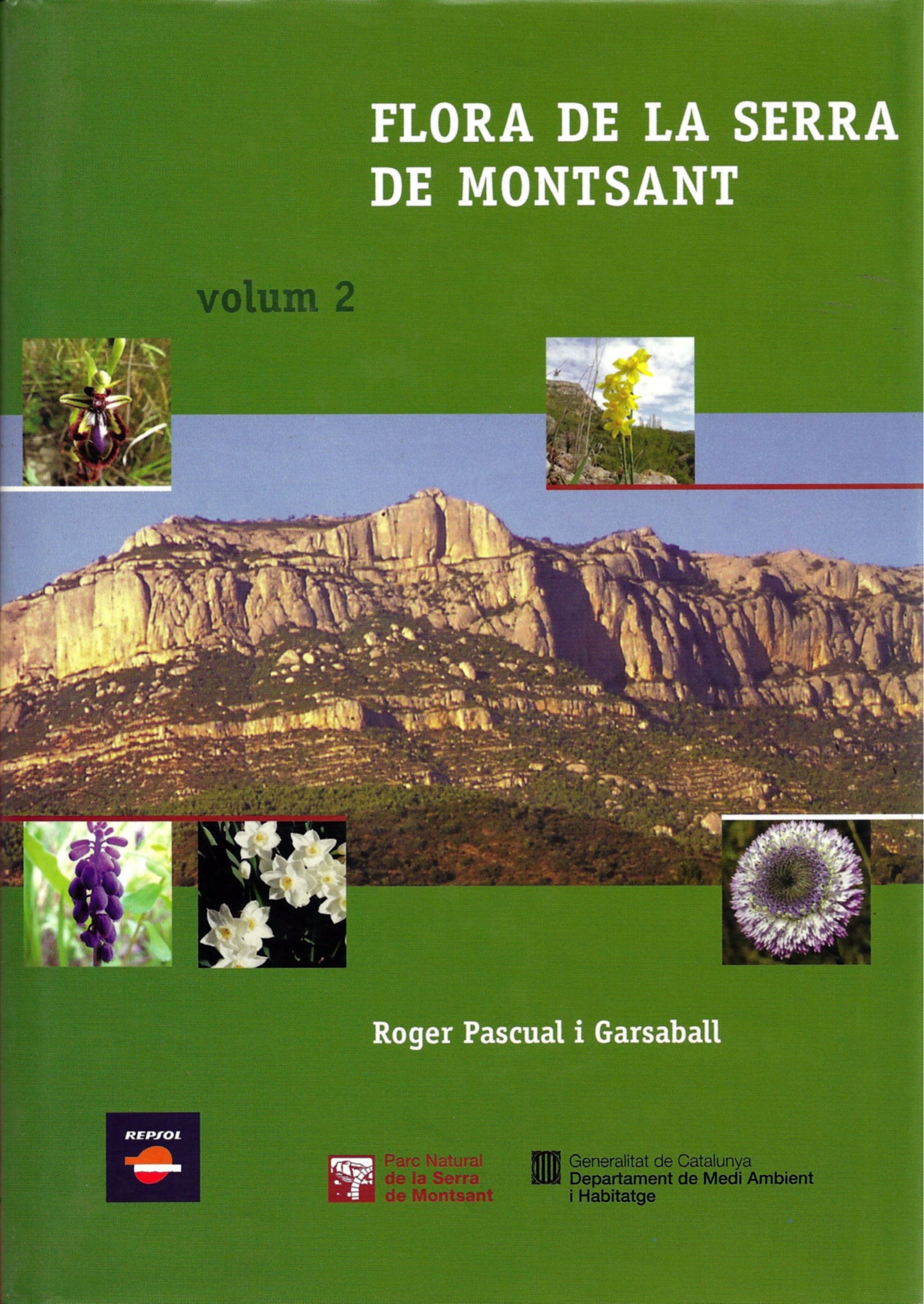 Flora de la Serra de Montsant. Volum 2 Roger Pascual Garsaball 2007Consultar
Flora de la Serra de Montsant. Volum 2 Roger Pascual Garsaball 2007Consultar -
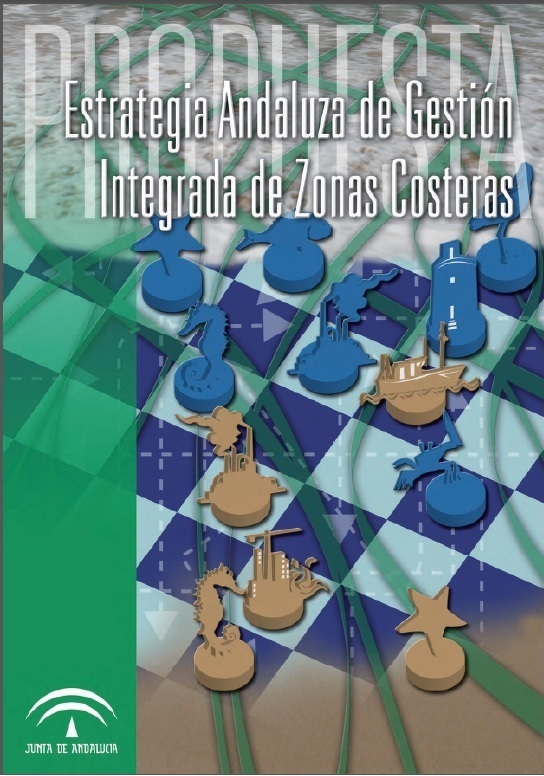 Propuesta Estrategia Andaluza de GIZC J. M. Barragán et al. 2008Consultar
Propuesta Estrategia Andaluza de GIZC J. M. Barragán et al. 2008Consultar -
 El Gaià, el riu emmurallat Ferran Aguilar, Jordi Blay y Josep Santesmases 2007
El Gaià, el riu emmurallat Ferran Aguilar, Jordi Blay y Josep Santesmases 2007 -
 Parque Natural Sierra de Andújar. En el Ojo del Lince Ferran Aguilar Antón, Txiqui López 2009Descatalogado
Parque Natural Sierra de Andújar. En el Ojo del Lince Ferran Aguilar Antón, Txiqui López 2009Descatalogado -
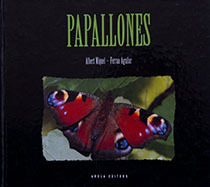 Papallones Albert Miquel, Ferran Aguilar 2001
Papallones Albert Miquel, Ferran Aguilar 2001 -
 Montsant, Patrimoni Natural i Paisatge Roger Pascual Garsaball 2002Consultar
Montsant, Patrimoni Natural i Paisatge Roger Pascual Garsaball 2002Consultar -
 El Francolí Ferran Aguilar, Jordi Blay 2008Consultar
El Francolí Ferran Aguilar, Jordi Blay 2008Consultar -
 La sombra del lince Jesús Cobo et al. 2008
La sombra del lince Jesús Cobo et al. 2008 -
 Montsant, parc natural. Fotografia Xavier Vaqué, Roger Pascual et al. 2009Descatalogado
Montsant, parc natural. Fotografia Xavier Vaqué, Roger Pascual et al. 2009Descatalogado -
 Serralada litoral i Serralada de Marina Gonçal Luna, Ferran Aguilar 2007
Serralada litoral i Serralada de Marina Gonçal Luna, Ferran Aguilar 2007 -
 El litoral de la provincia de Cádiz Aurora Artolachipi y Juan Calvo 2006Consultar
El litoral de la provincia de Cádiz Aurora Artolachipi y Juan Calvo 2006Consultar -
 Fraga y el Bajo Cinca Mario Sasot Escuer (Coord.) 2004
Fraga y el Bajo Cinca Mario Sasot Escuer (Coord.) 2004 -
 Itinerari per la reserva natural de fauna salvatge de la desebocadura del riu Gaià. Hèctor Hernàndez et al. 2003
Itinerari per la reserva natural de fauna salvatge de la desebocadura del riu Gaià. Hèctor Hernàndez et al. 2003 -
 Bajo Cinca/Baix Cinca David Badía Viñas (Coord.) 2009Consultar
Bajo Cinca/Baix Cinca David Badía Viñas (Coord.) 2009Consultar -
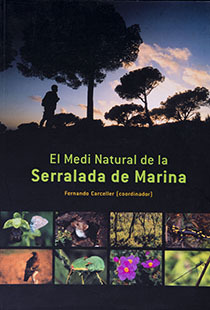 El Medi Natural de la Serralada de Marina Fernando Carceller (Coord.) 2003
El Medi Natural de la Serralada de Marina Fernando Carceller (Coord.) 2003 -
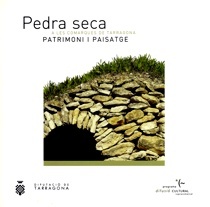 Pedra seca a les comarques de Tarragona. Patrimoni i paisatge. Jordi Blay et al. 2008Consultar
Pedra seca a les comarques de Tarragona. Patrimoni i paisatge. Jordi Blay et al. 2008Consultar -
 Viviendo la costa: criterios para la estrategia andaluza GIZC J. M. Barragán et al. 2007Consultar
Viviendo la costa: criterios para la estrategia andaluza GIZC J. M. Barragán et al. 2007Consultar -
 El Mèdol Martí Boada (Coord.) 2002
El Mèdol Martí Boada (Coord.) 2002 -
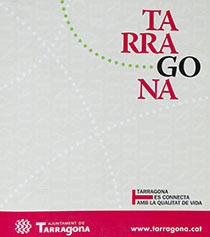 Itineraris de Tarragona Ferran Aguilar Antón 2004
Itineraris de Tarragona Ferran Aguilar Antón 2004